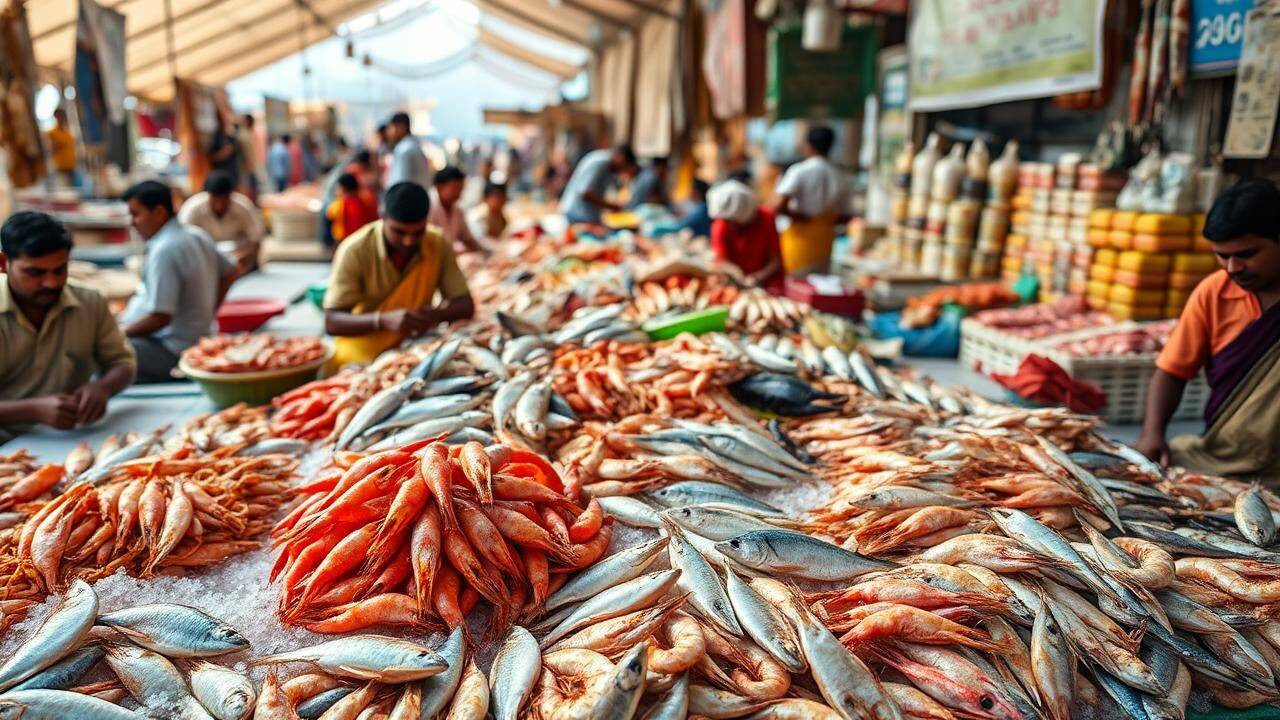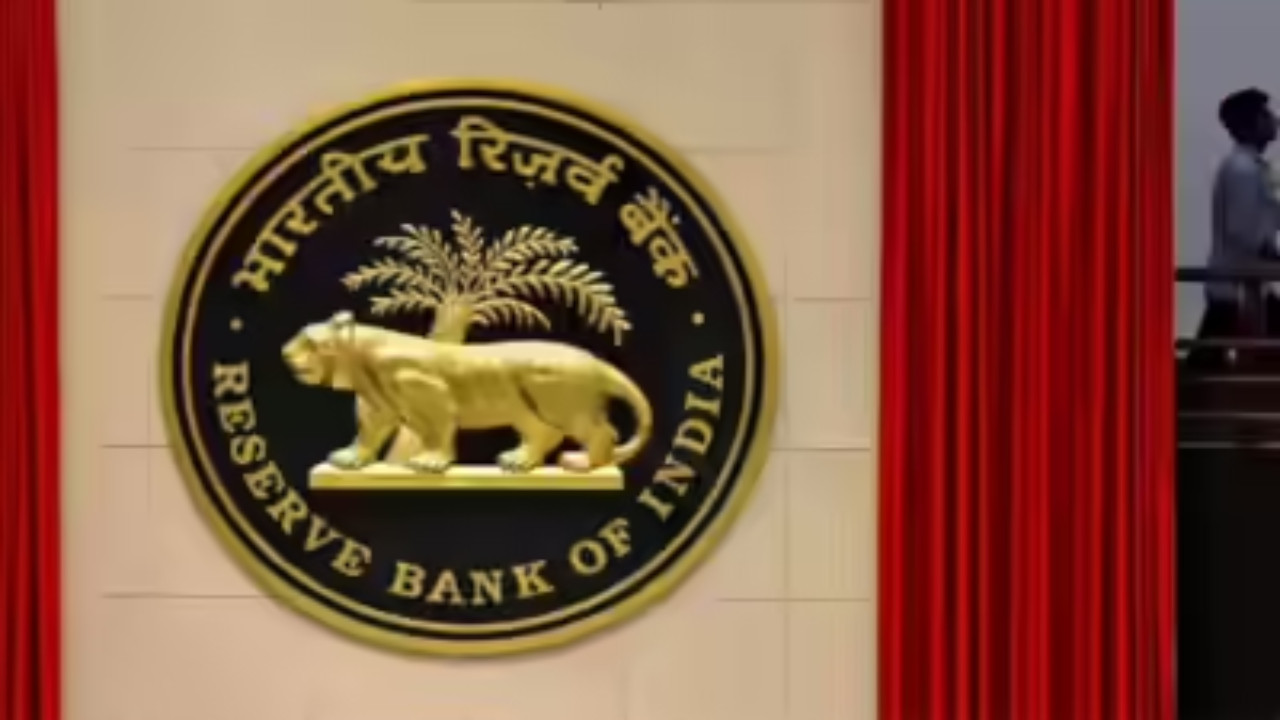India’s seafood exports remained steady at $7.45 billion in 2024-25, despite a decline in shipment volumes to 16,98,170 tonnes. Frozen shrimp dominated exports, earning $5.17 billion. The United States continued as the largest market, importing $2.71 billion worth of seafood, followed by China and the European Union.
Navigating the Tide: Understanding India’s Seafood Exports
The aroma of the sea, the salty tang of the air – these are the familiar senses for anyone involved in India’s vast seafood industry. From the bustling docks of coastal Kerala to the processing plants of Andhra Pradesh, seafood is a cornerstone of the Indian economy. But lately, the waters have been a little choppy. While the industry remains a significant player on the global stage, recent numbers paint a nuanced picture of both resilience and challenges. Let’s dive in and explore what’s happening beneath the surface.
India’s seafood exports have, in the fiscal year 2024-25, remained largely stable at $7 billion. That’s the headline, but digging deeper reveals a more complex reality. While the value held steady, the volume of shipments actually decreased. Imagine filling a container with premium tuna versus smaller, less valuable fish – you’d still fill the container, but the value would be different. This shift suggests a change in the types of seafood being exported and hints at underlying market dynamics.
So, what’s contributing to this delicate balancing act? Several factors are at play. Global economic headwinds are certainly a factor. Consumer demand in key markets like the US and Europe is influenced by inflationary pressure and overall economic uncertainty. When wallets tighten, even delicacies like Indian shrimp might be reconsidered.

Another key element is the changing composition of India’s seafood basket. While shrimp has traditionally been the star of the show, representing a large chunk of export earnings, there’s been a growing diversification into other species. This is good news! Depending heavily on a single product makes an industry vulnerable to disease outbreaks, market fluctuations, or changing consumer preferences.
The Rise of Value-Added Seafood Products
One of the most interesting trends is the increased focus on value-added seafood products. Think ready-to-eat meals, marinated fillets, or creatively packaged delicacies. These products fetch higher prices on the international market and demonstrate a move up the value chain. It’s not just about selling raw fish anymore; it’s about offering convenience and culinary experiences. This shift requires investment in processing technology, packaging innovation, and marketing expertise, but the potential rewards are significant. Investing in the processing sector creates new jobs and opportunities for economic growth within India. It makes the industry less vulnerable to international economic pressure and gives India better negotiating power on the global market.
Challenges and Opportunities in Seafood Export
Of course, challenges remain. Strict international quality standards are non-negotiable. Ensuring traceability, sustainability, and adherence to food safety regulations is paramount. The European Union, for example, has stringent requirements for seafood imports, and maintaining access to these markets requires constant vigilance. Furthermore, competition from other seafood-exporting nations is fierce. Vietnam, Ecuador, and Thailand are all vying for a piece of the same pie.
However, where there are challenges, there are also opportunities. India possesses a long coastline, diverse aquaculture resources, and a skilled workforce. By investing in sustainable fishing practices, promoting responsible aquaculture, and embracing technological advancements, the Indian seafood industry can unlock its full potential. Imagine a future where Indian seafood is synonymous with quality, sustainability, and innovation.
There’s also room for growth in tapping into new markets. While the US and Europe remain important destinations, exploring opportunities in Asia, particularly in countries with growing middle classes and rising disposable incomes, could be a game-changer. Targeted marketing campaigns that showcase the unique flavors and health benefits of Indian seafood could attract new consumers and boost demand. Read more about the [benefits of Indian seafood](https://example.com/benefits-of-indian-seafood) on our blog.
Looking Ahead: A Sustainable Future for Indian Seafood
The future of India’s seafood exports hinges on adaptability, innovation, and a commitment to sustainability. By embracing value-added products, diversifying export markets, and prioritizing responsible fishing practices, the industry can navigate the current challenges and chart a course toward long-term growth and prosperity. The waters may be choppy at times, but with a strategic approach and a focus on quality, India’s seafood industry can continue to be a major force in the global market. The nation’s fishing industry must prioritize sustainable seafood production and responsible fishing practices to ensure its longevity.
The stability in seafood export value amidst a drop in volume suggests a transitional period, one where strategic adaptations are vital. India’s seafood industry seems poised for further evolution, navigating the ebb and flow of global demands while solidifying its position as a key player in the international market.







